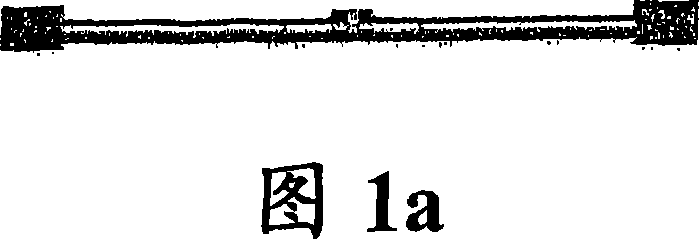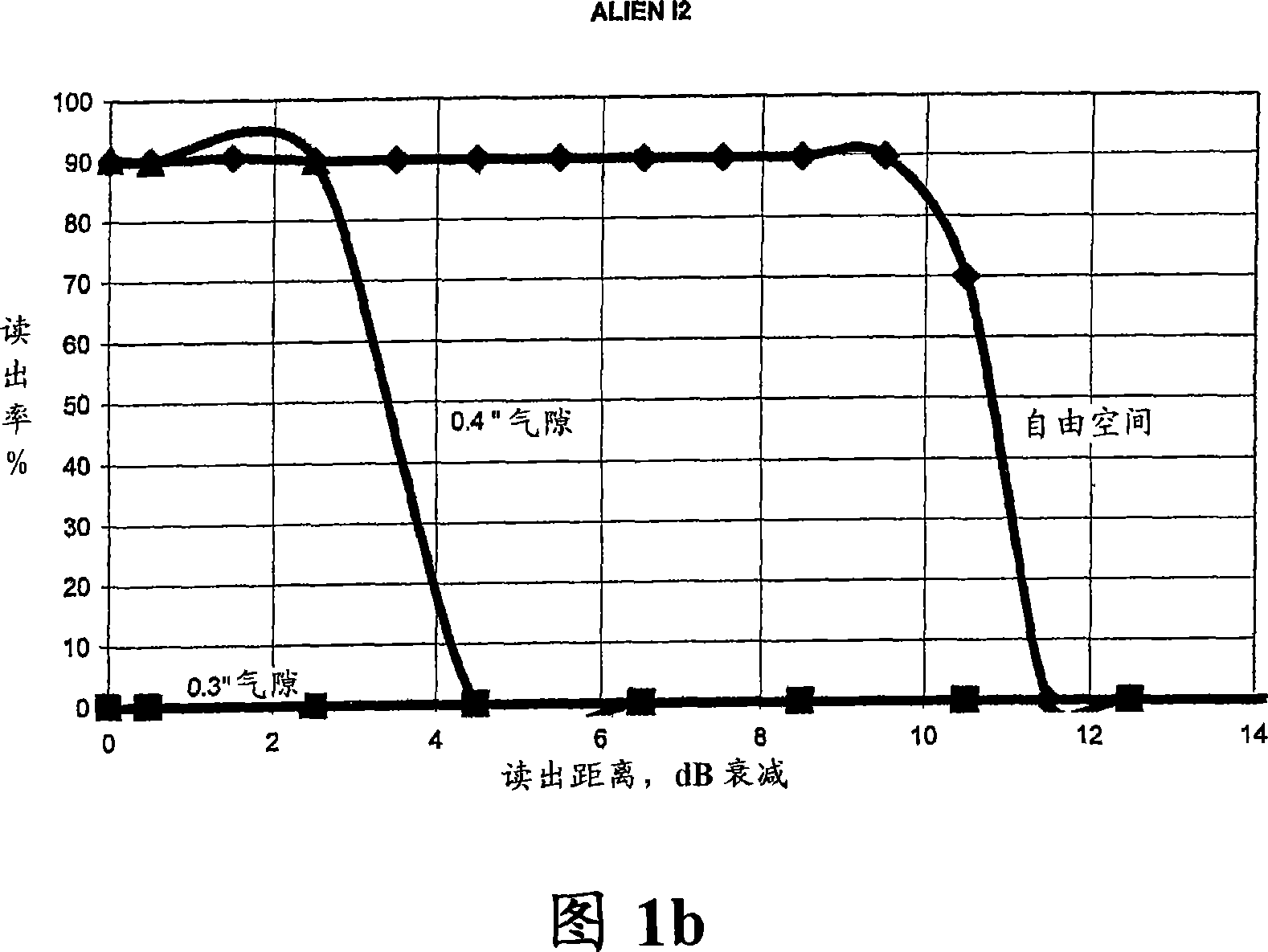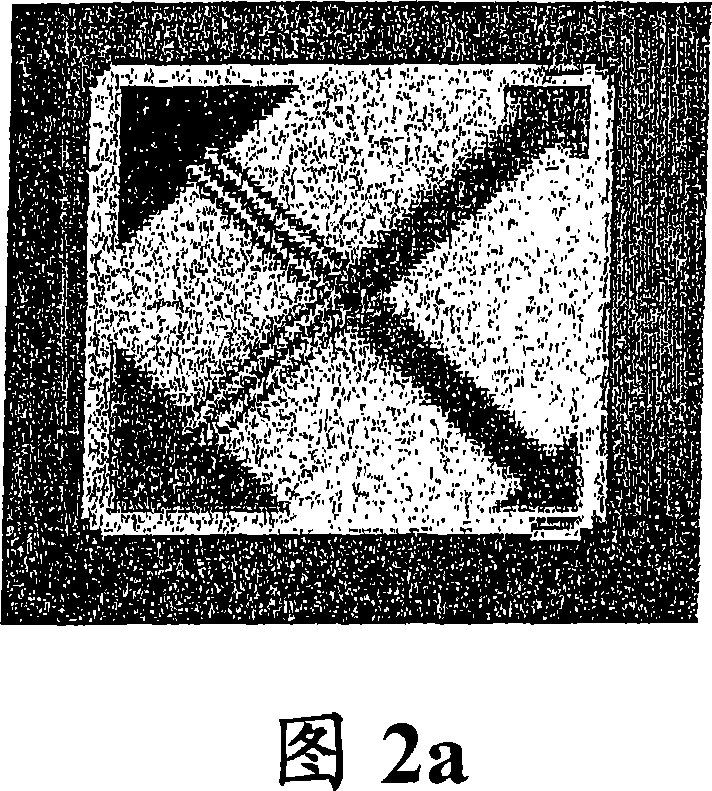Improved RFID tags
A technology of RFID tags and dielectric constants, applied to record carriers used by machines, alarms and instruments that rely on mobile portable items, etc., can solve problems such as unsuccessful and few
- Summary
- Abstract
- Description
- Claims
- Application Information
AI Technical Summary
Problems solved by technology
Method used
Image
Examples
Embodiment Construction
[0027] Passive UHF RFID tag antenna optimized for use in free space or on low dielectric materials such as corrugated cardboard, shelf wood, etc. When the UHF RFID tag is close to the metal substrate, the impedance of the tag antenna changes. For effective power transfer of the wave energy emitted by the RFID reader to the tag's IC circuit, the antenna must provide a smooth impedance transformation from free space to the IC circuit impedance. Antenna design typically assumes that the substrate to which the antenna will be in close proximity has a permeability equal to 1. In a substrate with a magnetic permeability not equal to 1, the parasitic inductance in the insulator material can be used to offset the parasitic capacitance of the metal substrate, thereby facilitating tag isolation. Alternatively, at least two materials with distinct dielectric constants may be used to better isolate the tag from the metal substrate.
[0028] Fig. 6 shows a first embodiment of the inventi...
PUM
 Login to view more
Login to view more Abstract
Description
Claims
Application Information
 Login to view more
Login to view more - R&D Engineer
- R&D Manager
- IP Professional
- Industry Leading Data Capabilities
- Powerful AI technology
- Patent DNA Extraction
Browse by: Latest US Patents, China's latest patents, Technical Efficacy Thesaurus, Application Domain, Technology Topic.
© 2024 PatSnap. All rights reserved.Legal|Privacy policy|Modern Slavery Act Transparency Statement|Sitemap



